Idols were discovered 3-feet under earth; shifted to IGRMS Museum, Mysuru
Mysore/Mysuru: Three broken Jain sculptures dating back to the 11th century CE were found during digging in Varuna village of Mysuru taluk. The sculptures of a Jain Theerthankara, Kooshmandini and head of a Jain Theerthankara were recovered while digging for drainage work.
Five days ago, local residents utilised an earth-mover for the drainage project and stumbled upon the damaged sculptures. Work was immediately halted and the Department of Archaeology and Museums was promptly notified. The idols were discovered three feet under earth.
Later, a team comprising Retired Professor of the Department of Ancient History and Archaeology, University of Mysore, Prof. N.S. Rangaraju, Deputy Director of Department of Archaeology and Museums Manjula, Dr. Shashidhara, Prasanna Kumar from Dharmasthala Trust and Vinod Jain of Mysuru reached the spot and retrieved the idols.
While one of the sculptures was dilapidated beyond recognition, the two others were in a fairly good condition. According to Prof. Rangaraju, of the two idols or sculptures, one of them is that of a Jain Theerthankara but it was difficult to ascertain the identity in the absence of symbols which may have been effaced or damaged. The sculptures were shifted to the museum at Indira Gandhi Rashtriya Manav Sangrahalay (IGRMS) on Irwin Road, Mysuru.
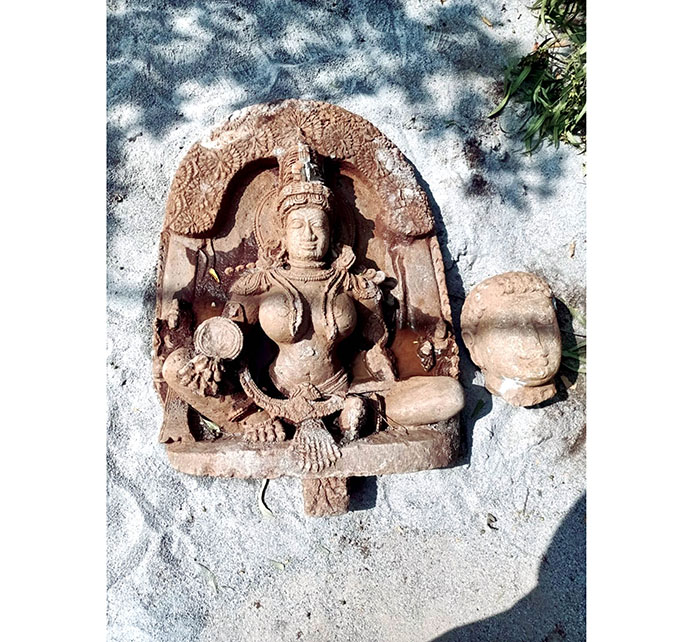
The drainage project at Varuna was initiated for the second time while the first time the works were stopped for some other reason.
Prof. Rangaraju highlighted the historical significance of the region and said the entire belt comprising Varuna, Varakodu, Vajamangala, Talakad, Hemmige, Mugur, T. Narasipur etc., were thriving Jain centres during the Ganga and Hoysala periods and there was scope for excavations and research to throw light on the antiquity of the region.
He said the State Government must announce a project for excavation which would throw further light on the sculptures and help preserve the history and conserve sculptures for future generations.



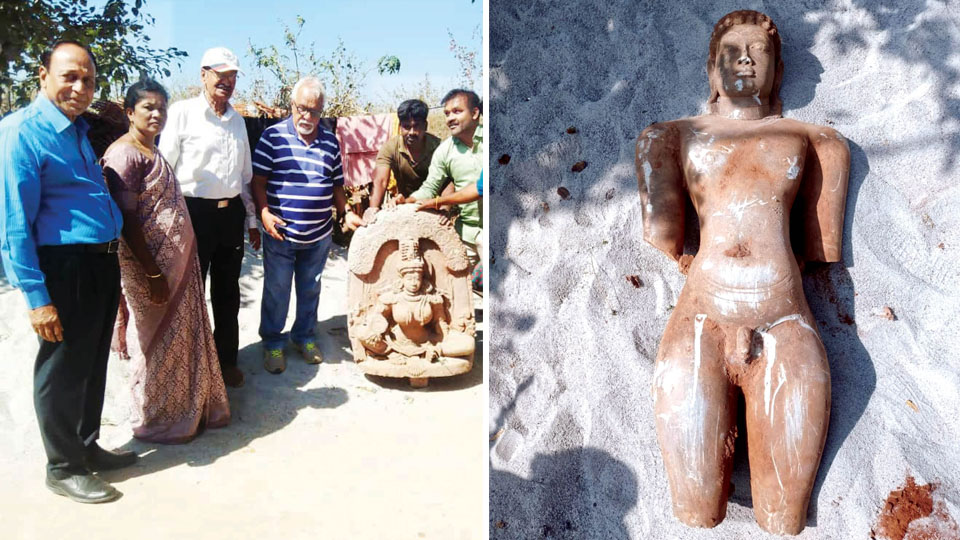
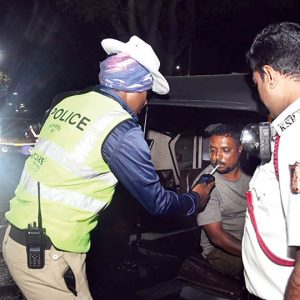
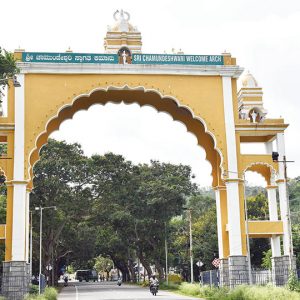

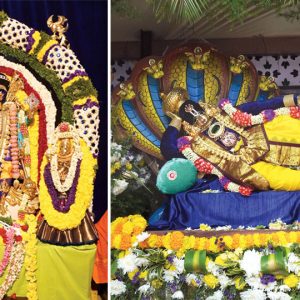
Recent Comments